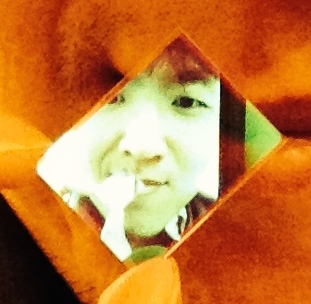After seeing David Spivak’s talk on operads for design at FMCS 2015, I immediately thought of Brooks’ subsumption architecture. The subsumption architecture was one of the first formalisms for programming mobile robots—simple, insect-like robots capable of feeling their way around without needing to plan or learn. Operads, on the other hand, are certain objects in category theory used to model “modularity”, e.g. situations where multiple things of a sort can be combined to form a single thing of the same sort.
I’d like to formalize subsumption using operads.
But why would anyone want to formalize an derelict robotics architecture with high-falutin’ mathematics?
The answer is simple. It’s not that subsumption on its own is important (though it is) or that it requires formalizing (though it does). What I’d really like to understand is how operads give domain-specific languages (and probably much more) and whether categories are the right way to pose problems that involve combining and stacking many such DSLs—think of a robot that can move, plan, and learn all at the same time—which, for lack of a better term, I will call hard integration problems.
(The rest of this post is currently in process! I will come back throughout the fall and update it.)
